Filter data
|
ID |
Nickname |
Country / City |
Languages |
Taxonomies |
Comment |
Project / Group |
Map |

|
12168
|
|
Switzerland
Bienne
|
|
|
—
|
|
|

|
143240
|
L-U.K
|
Switzerland
Fribourg
|
|
|
—
|
Freiburg/Fribourg2025
|
|

|
12424
|
|
Switzerland
Murten
|
|
|
—
|
|
|
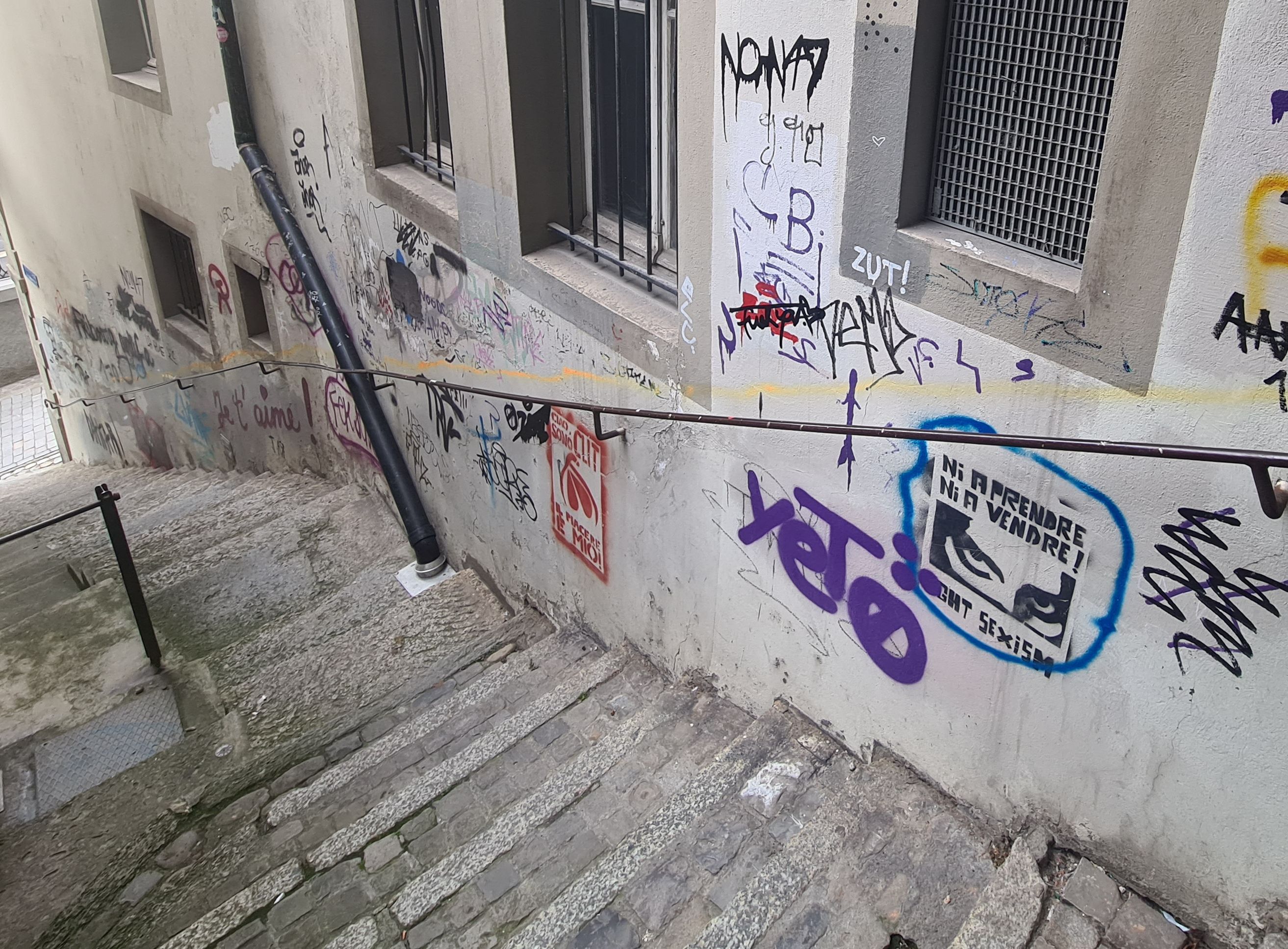
|
143496
|
L-U.K
|
Switzerland
Fribourg
|
|
|
—
|
Freiburg/Fribourg2025
|
|
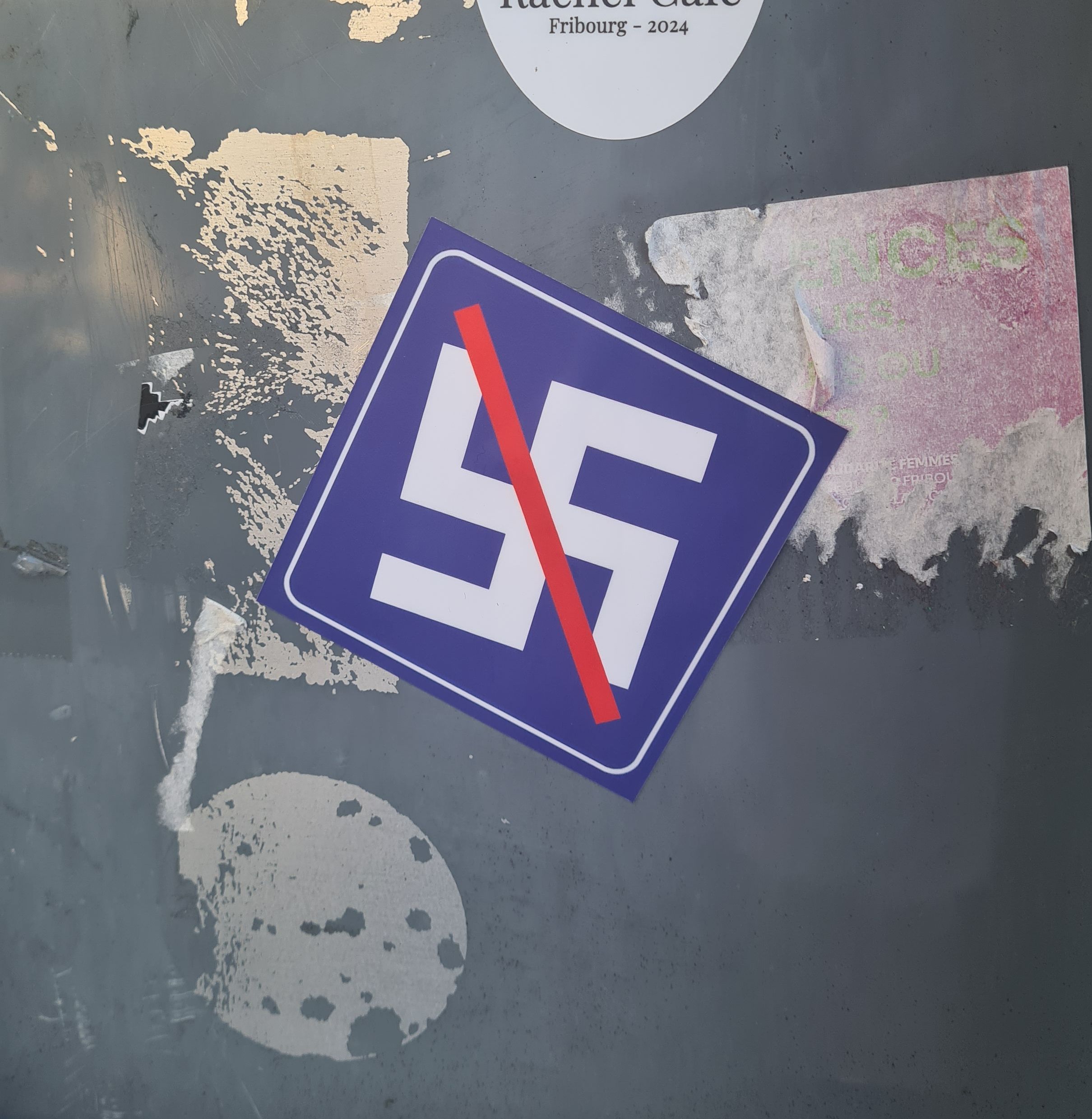
|
143752
|
L-U.K
|
Switzerland
Fribourg
|
|
|
—
|
Freiburg/Fribourg2025
|
|
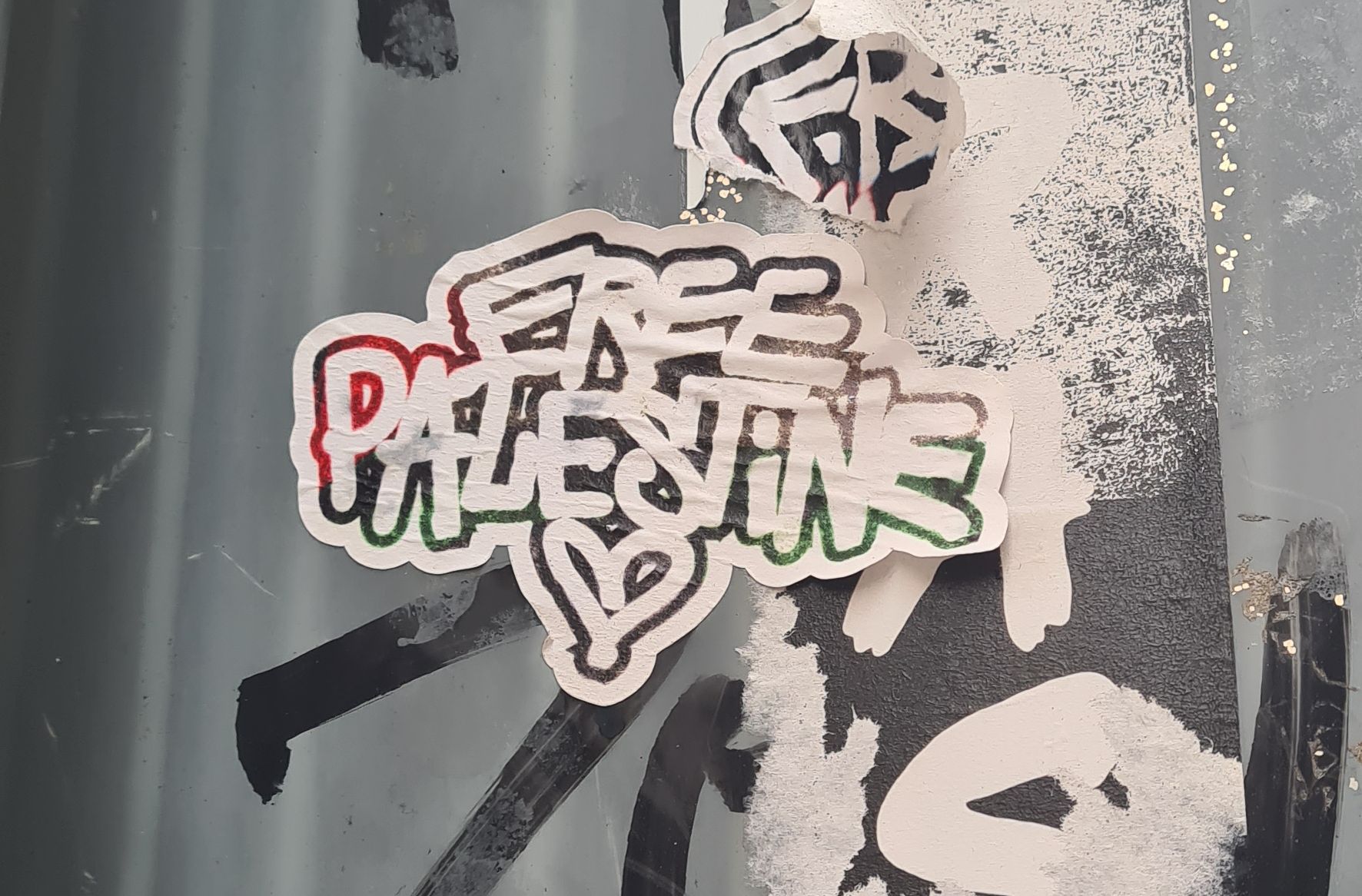
|
144264
|
L-U.K
|
Switzerland
Fribourg
|
|
|
—
|
Freiburg/Fribourg2025
|
|
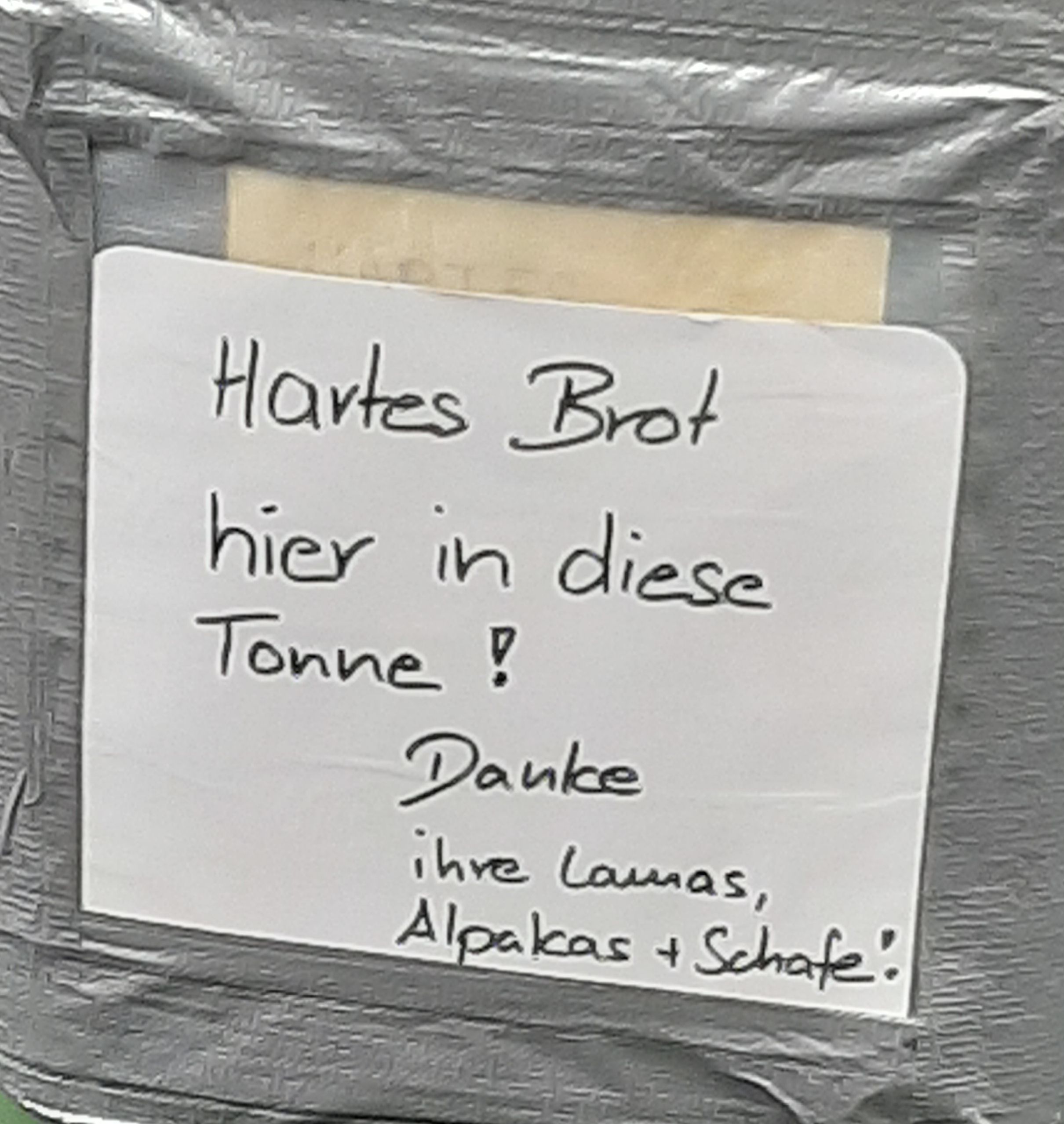
|
27272
|
|
Switzerland
Andermatt
|
|
|
—
|
BA Linguistic Landscape
|
|
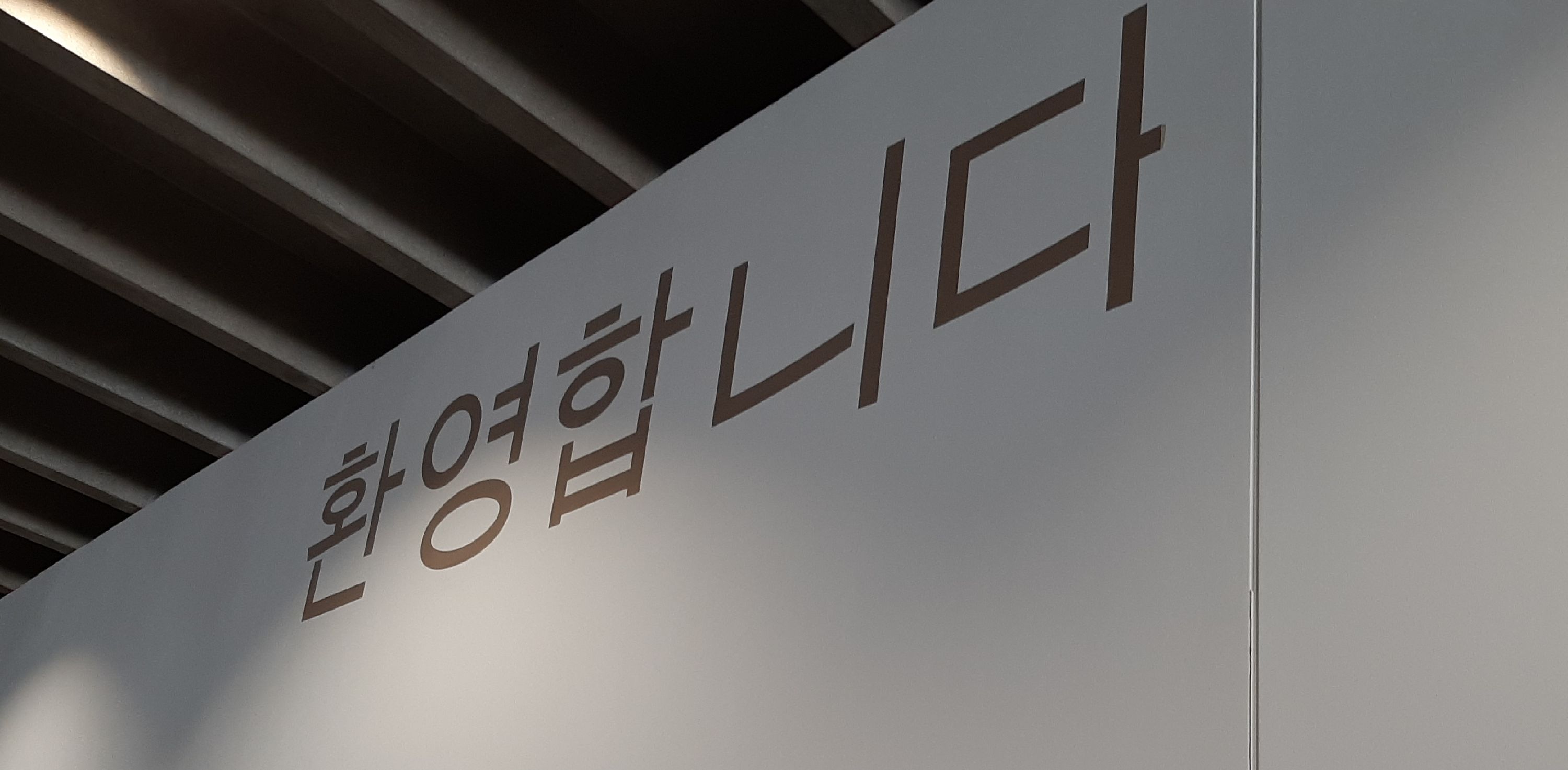
|
27528
|
|
Switzerland
Zermatt
|
|
|
—
|
BA Linguistic Landscape
|
|
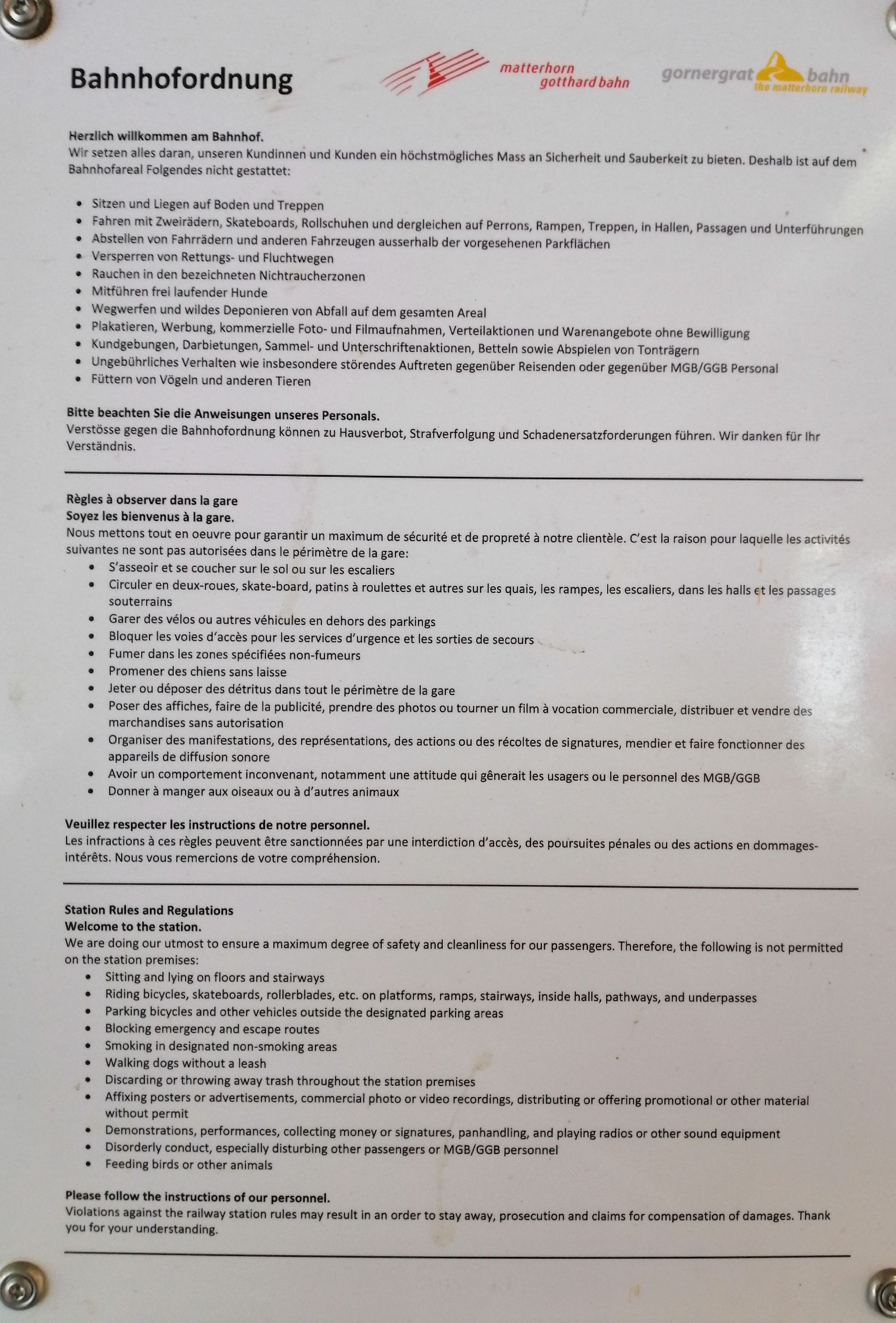
|
27784
|
|
Switzerland
Andermatt
|
|
|
—
|
BA Linguistic Landscape
|
|
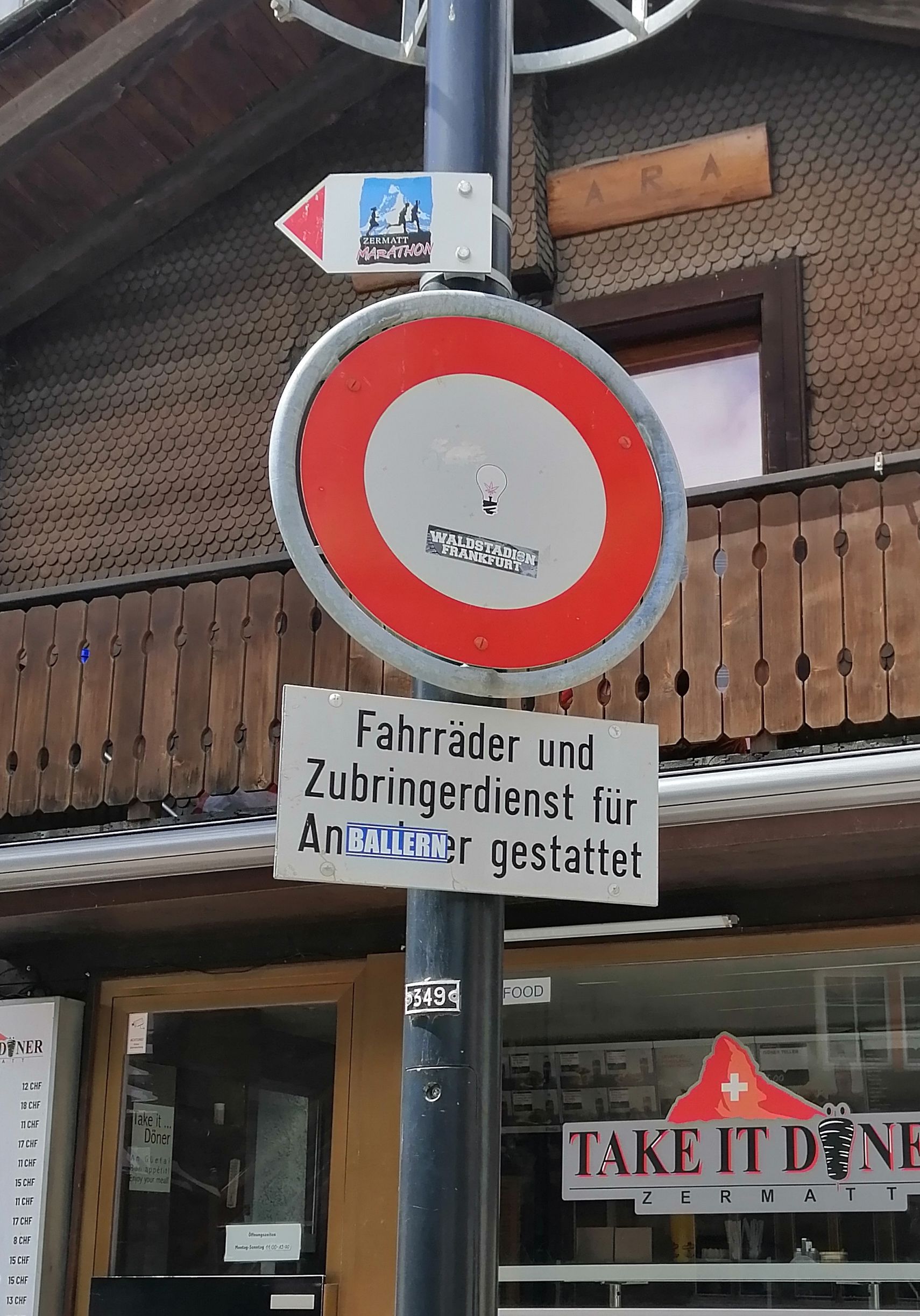
|
28040
|
|
Switzerland
Zermatt
|
|
|
—
|
BA Linguistic Landscape
|
|
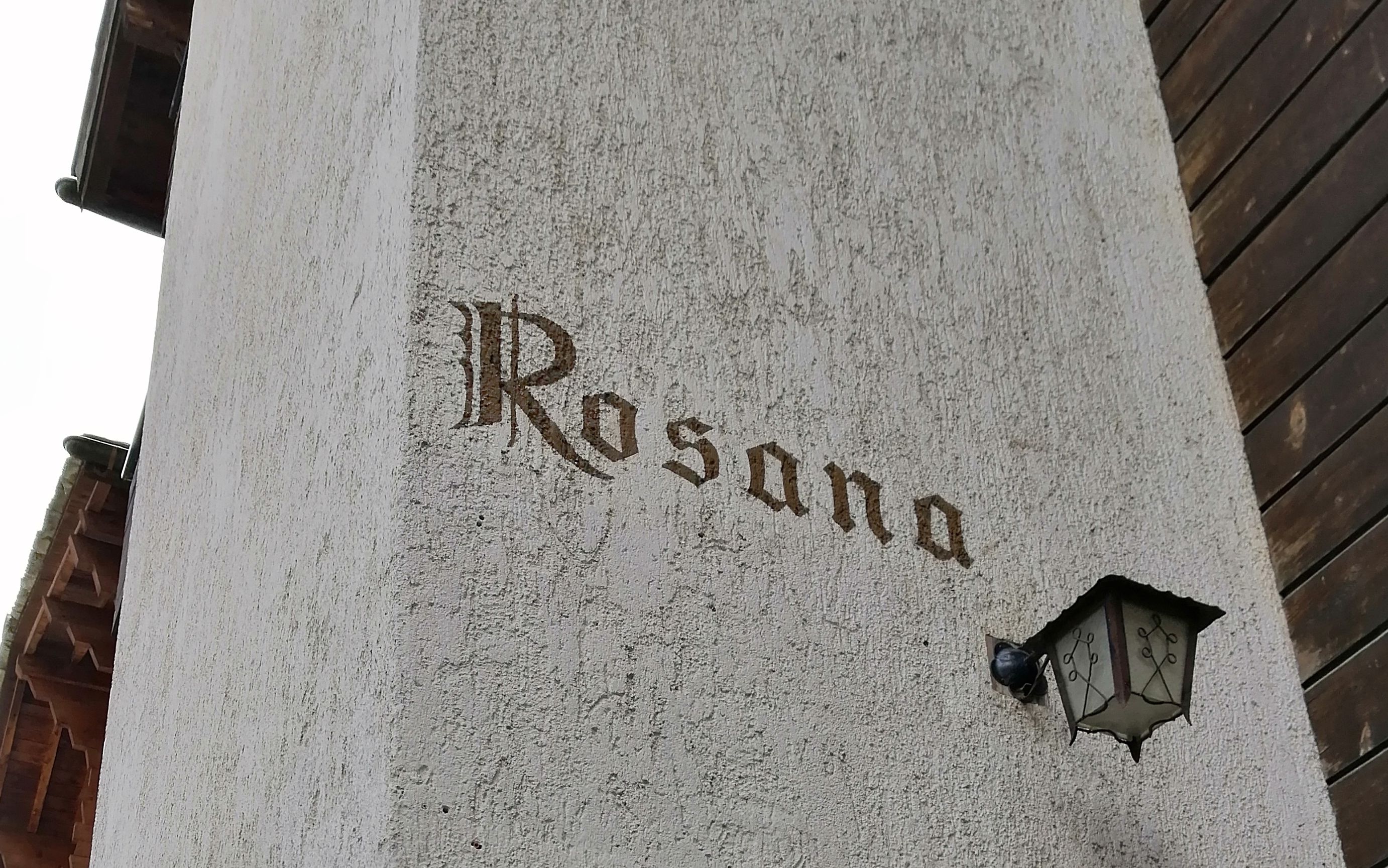
|
28296
|
|
Switzerland
Zermatt
|
|
|
—
|
BA Linguistic Landscape
|
|
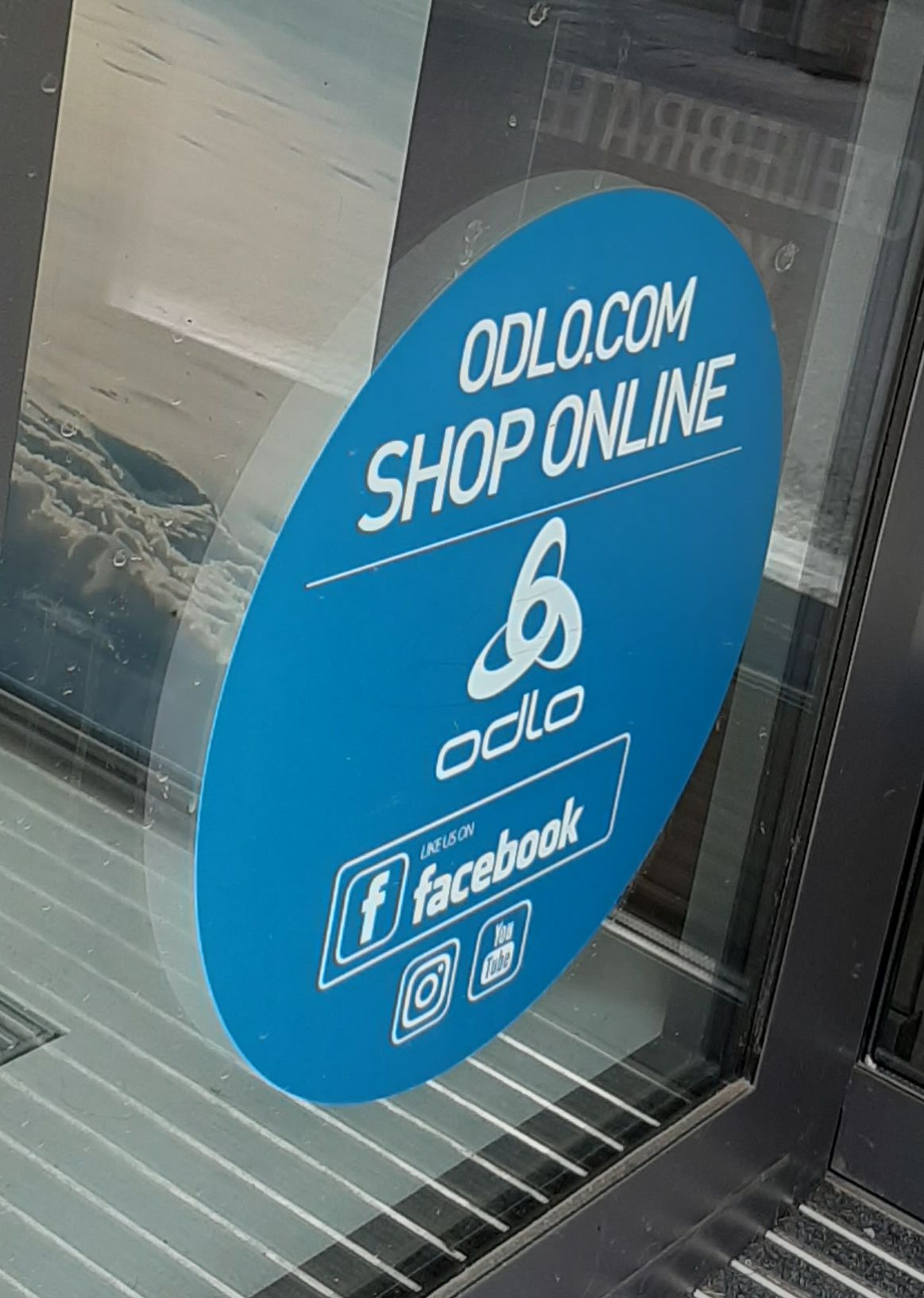
|
29576
|
|
Switzerland
Zermatt
|
|
|
—
|
BA Linguistic Landscape
|
|
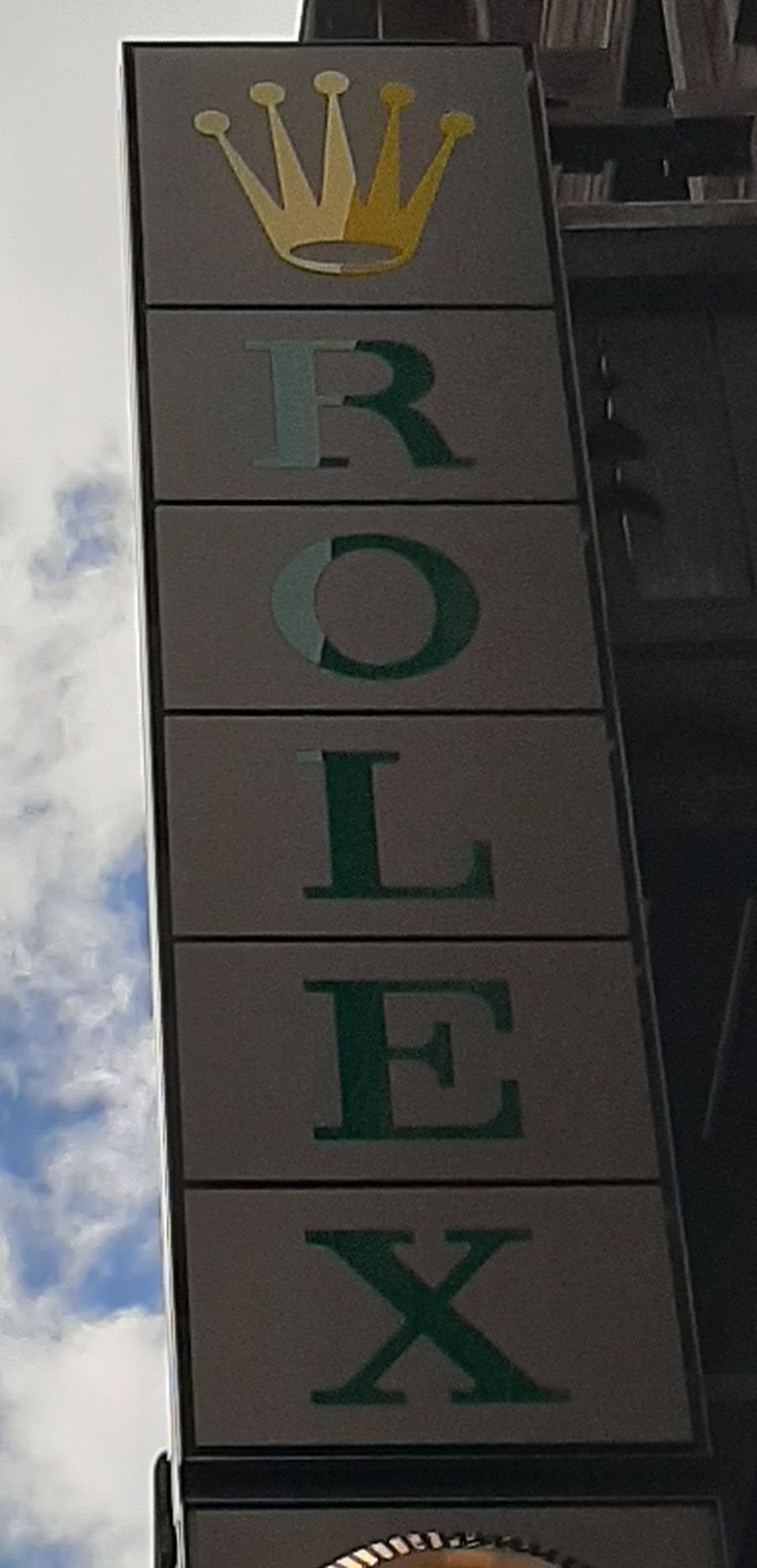
|
29832
|
|
Switzerland
Zermatt
|
|
|
—
|
BA Linguistic Landscape
|
|
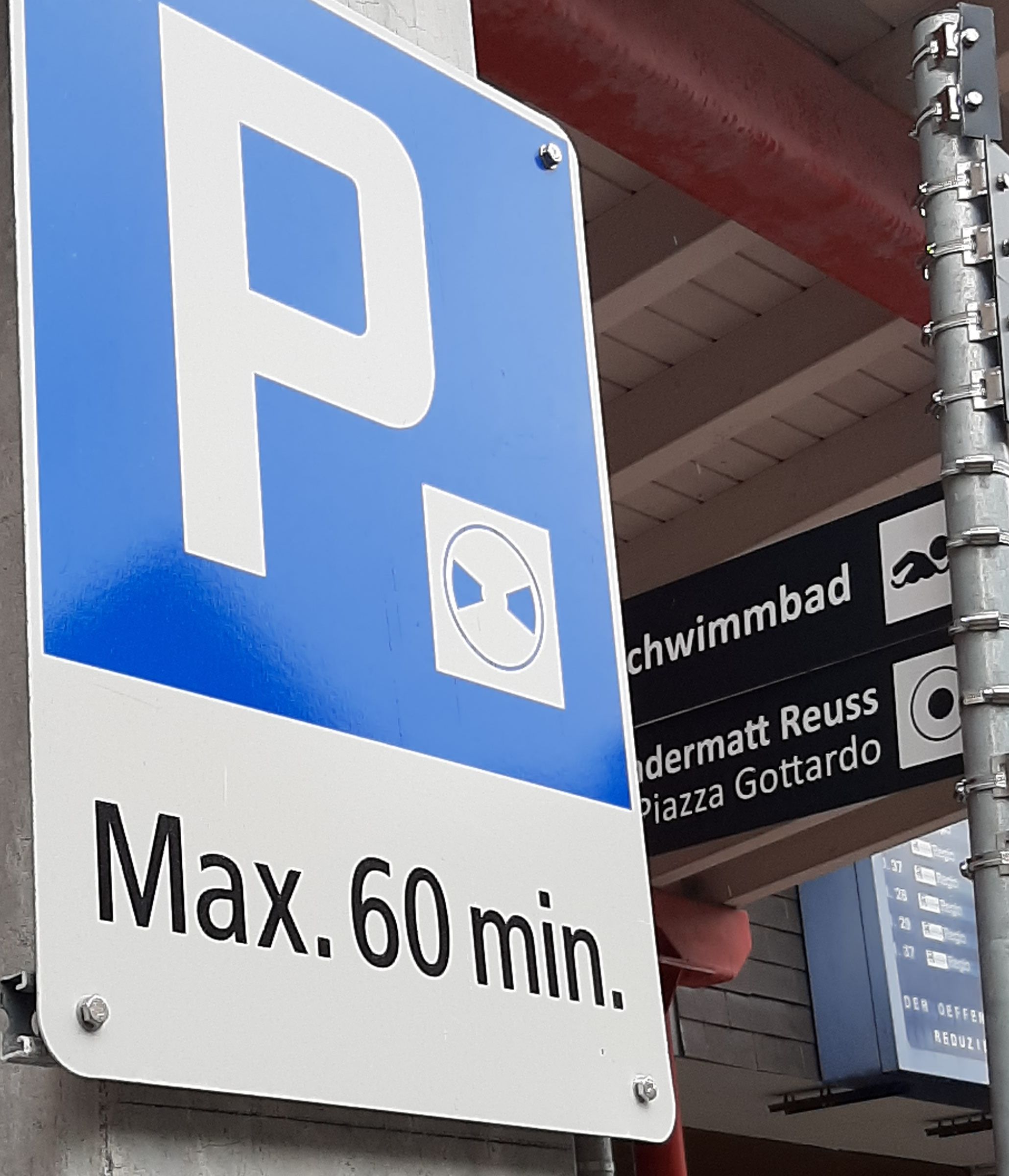
|
30088
|
|
Switzerland
Andermatt
|
|
|
—
|
BA Linguistic Landscape
|
|

|
35208
|
|
Switzerland
Biel
|
|
|
—
|
|
|
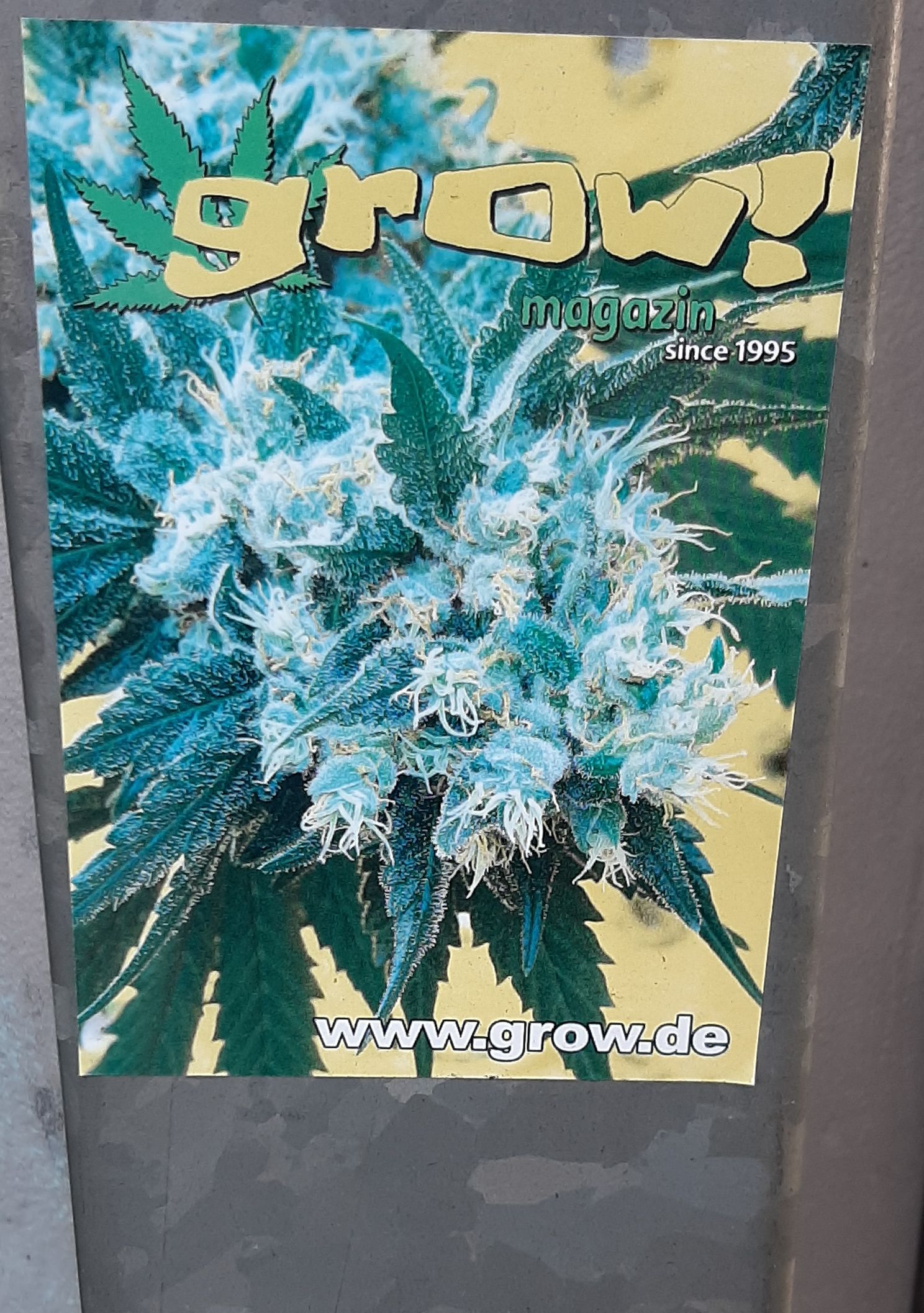
|
35720
|
|
Switzerland
Biel
|
|
|
—
|
LLBiel4
|
|

|
36232
|
|
Switzerland
Biel
|
|
|
—
|
3LLBiel
|
|
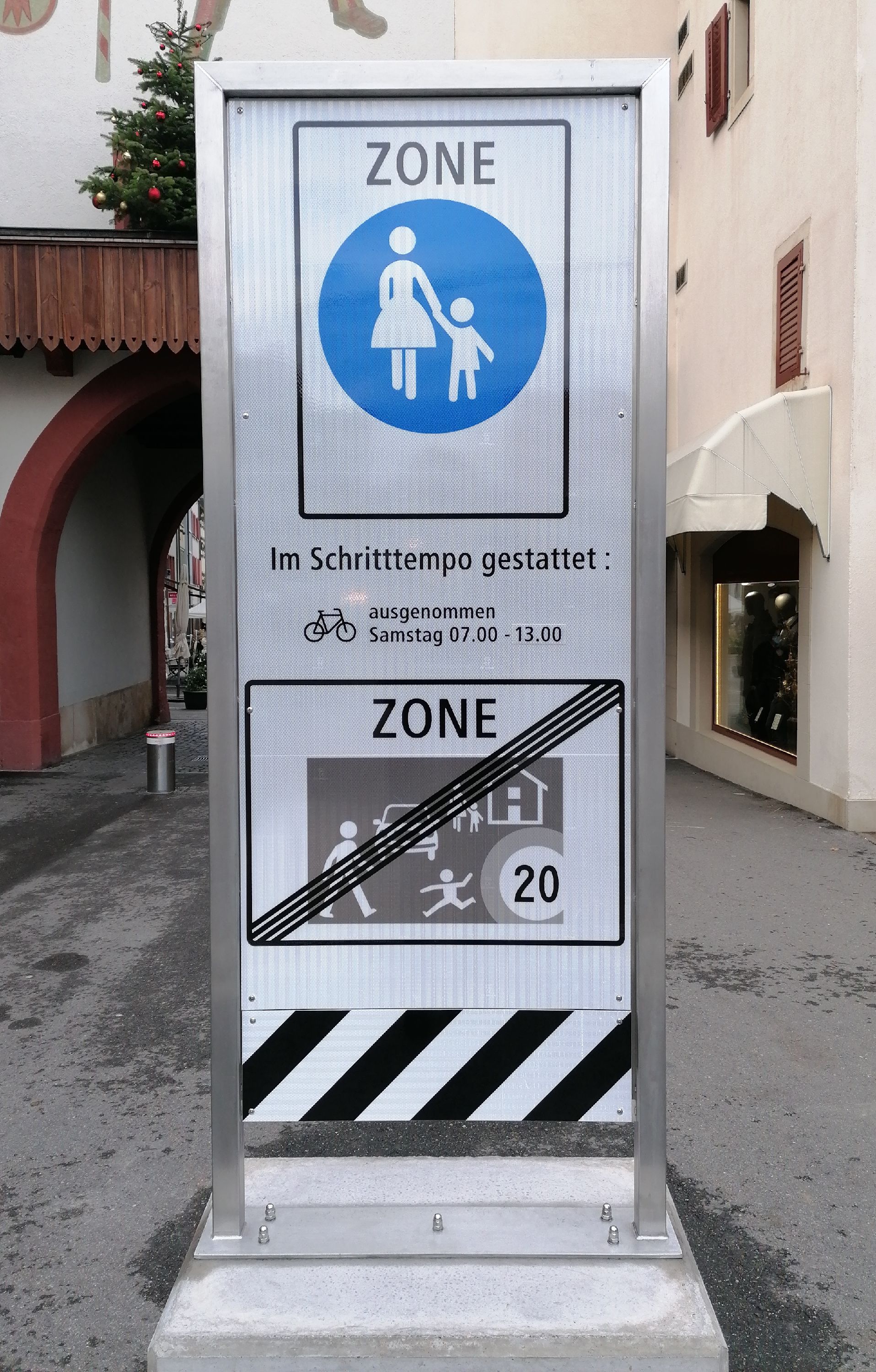
|
46472
|
|
Switzerland
Liestal
|
|
|
—
|
|
|
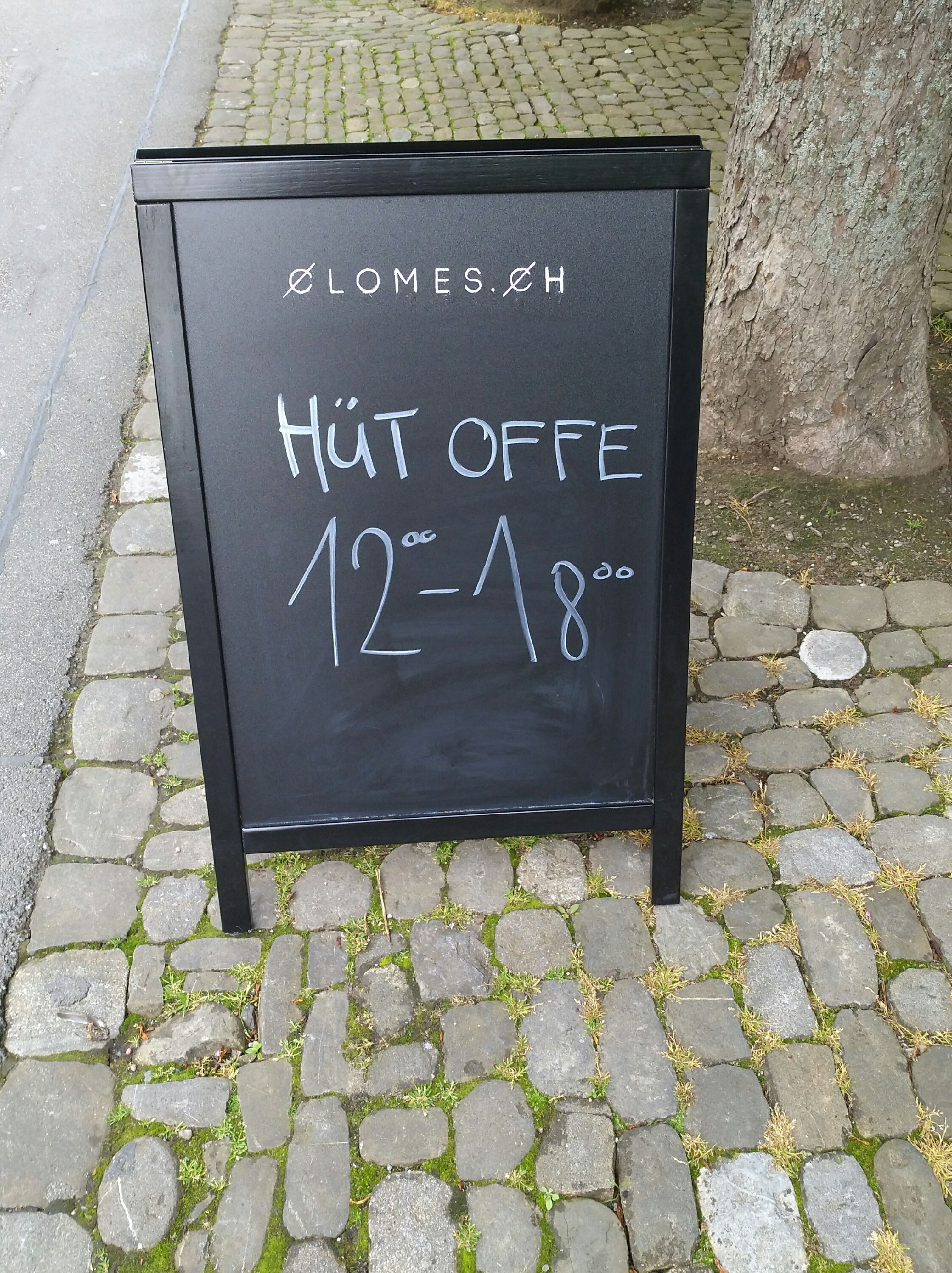
|
6537
|
|
Switzerland
Bern
|
|
|
&bärndütsch
|
|
|
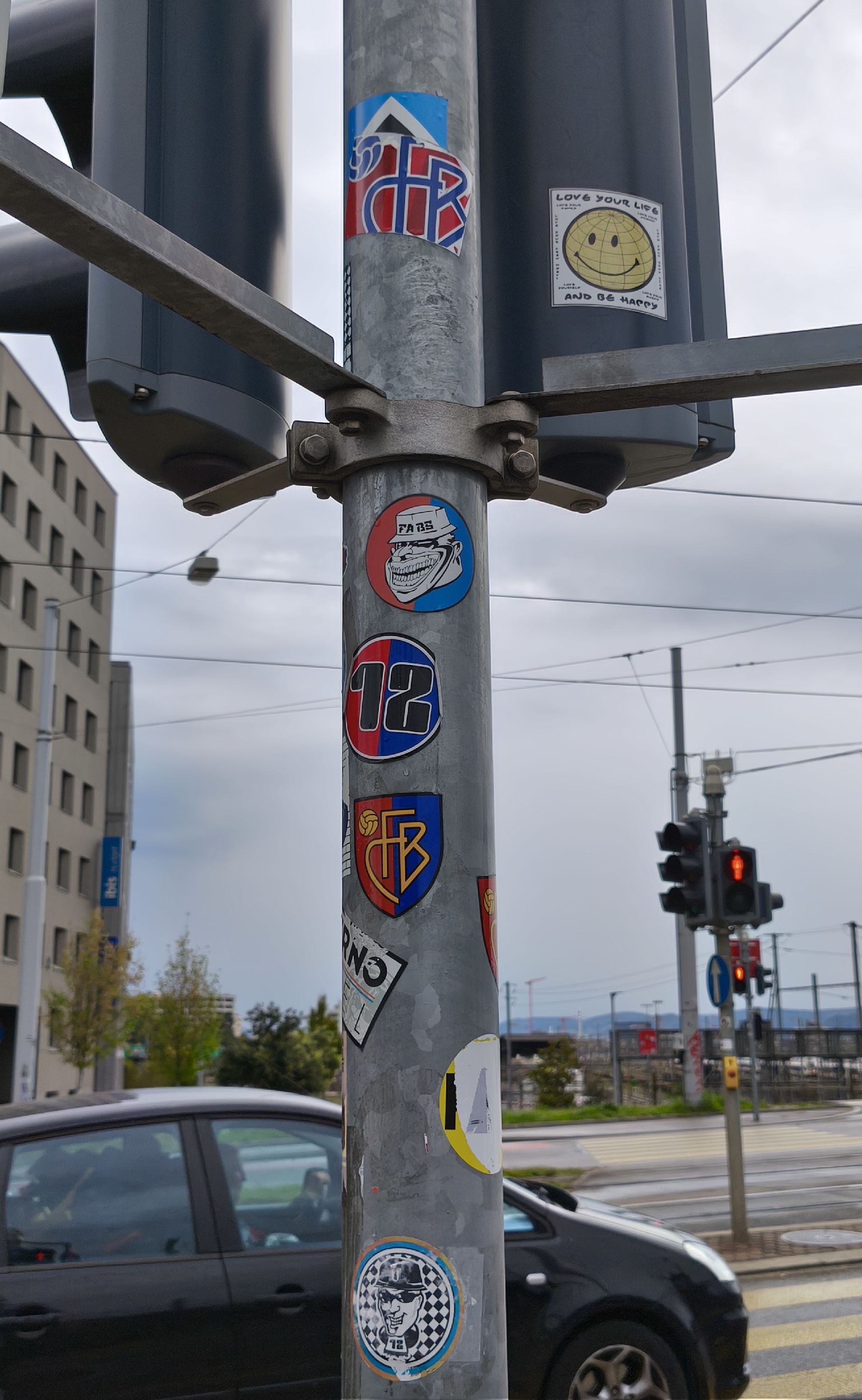
|
138121
|
Ying_Phan
|
Switzerland
Basel
|
|
|
FC Basel
|
|
|